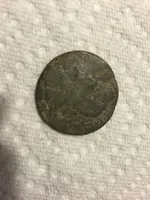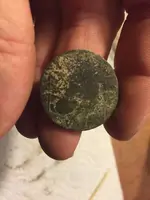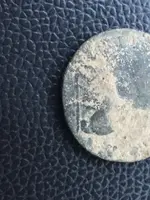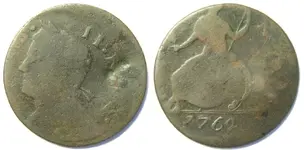PA Sleuth
Sr. Member
- Joined
- Nov 26, 2014
- Messages
- 260
- Reaction score
- 708
- Golden Thread
- 0
- Location
- Southeastern PA
- Detector(s) used
- Garrett Ace 250, Minelab E Trac, XP Deus
- Primary Interest:
- Metal Detecting
Hit a spot for two hours yesterday that I have hunted many times before, but it has done me well. After digging about $3.00 in late 60s early 70s clad, I headed to the car. On the way out I got a deep mid tone. Hoping it was a button, I dug down about 8 inches and this popped out, a complete surprise. It must have been on it's side or there was something else in the hole I never found that was throwing off the numbers. Either way, I'll take it for my first significant find of the new year, or the last of a great season, however you look at it. The date is clear... 1765, the obverse seems to have some doubling, especially near the II.






Upvote
13





 I didn't know about impossible date counterfeits. Would that allow people to claim it isn't counterfeit?
I didn't know about impossible date counterfeits. Would that allow people to claim it isn't counterfeit?